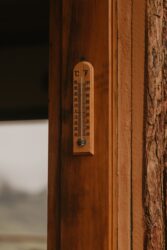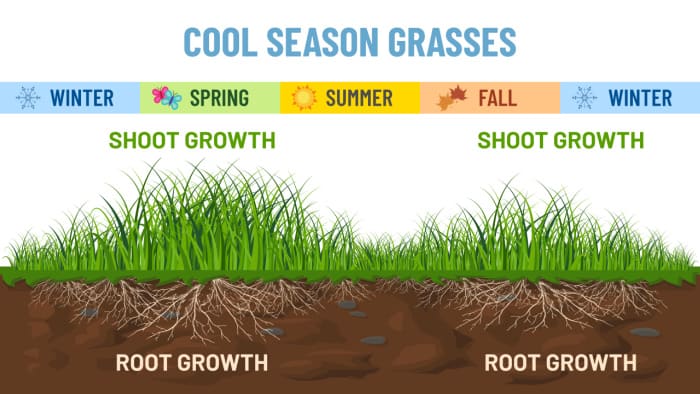Kentucky bluegrass begins to experience stress at temperatures above 85°F (29°C), and prolonged exposure to temperatures above 90°F (32°C) can significantly harm the grass, leading to dormancy and potential damage.
What Temperature Is Too Hot for Kentucky Bluegrass?
Kentucky bluegrass is a cool-season grass that thrives in moderate temperatures. Understanding the temperature thresholds that can cause stress or damage is crucial for maintaining a healthy lawn.
Temperature Stress in Kentucky Bluegrass
- Stress Threshold:
- Kentucky bluegrass starts to experience stress when temperatures rise above 85°F (29°C). At this point, the grass may begin to show signs of heat stress, such as wilting, browning, or reduced growth.
- Harmful Temperatures:
- Prolonged exposure to temperatures above 90°F (32°C) can be particularly harmful to Kentucky bluegrass. High temperatures can cause the grass to go dormant, turn brown, and become more susceptible to diseases and pests.
- Extreme Heat:
- In extreme heat conditions, above 95°F (35°C), Kentucky bluegrass can suffer severe damage. The grass’s metabolic processes are disrupted, leading to increased water loss, root damage, and potential death of the grass if the heat persists.
Managing Kentucky Bluegrass in Hot Weather
- Watering:
- Increase watering during hot weather to ensure the grass receives adequate moisture. Water deeply and infrequently to promote deep root growth and resilience to heat stress.
- Mowing:
- Raise the mowing height to provide more shade to the soil and reduce water evaporation. Taller grass blades can help protect the roots from extreme temperatures.
- Fertilization:
- Avoid fertilizing during peak heat periods. Fertilizing can encourage new growth, which requires more water and can stress the grass further.
- Shade:
- Provide temporary shade using shade cloths or planting trees and shrubs to protect the grass from the hottest parts of the day.
FAQs About Kentucky Bluegrass and Heat
What Are Signs of Heat Stress in Kentucky Bluegrass?
Signs of heat stress include wilting, browning, and thinning of the grass. The grass may also show reduced growth and increased susceptibility to diseases and pests.
Can Kentucky Bluegrass Recover from Heat Stress?
Yes, Kentucky bluegrass can recover from heat stress if proper care is provided, including adequate watering, proper mowing, and avoiding unnecessary stress such as fertilization during hot periods.
Is There a Way to Prevent Heat Stress?
While you cannot control the weather, you can mitigate the effects of heat stress by providing consistent care, including regular watering, maintaining proper mowing height, and ensuring the grass is healthy before heat waves.
Should I Water Kentucky Bluegrass Every Day During Hot Weather?
It’s better to water deeply and less frequently, such as 2-3 times a week, to encourage deep root growth. Daily shallow watering can lead to shallow roots and increased vulnerability to heat stress.
Final Thoughts on Managing Kentucky Bluegrass in Hot Weather
Kentucky bluegrass is a resilient cool-season grass, but it requires special care during hot weather to prevent heat stress and damage.
By understanding the temperature thresholds and adjusting your lawn care practices accordingly, you can help your Kentucky bluegrass lawn survive and thrive even during the hottest months.
Key Points Summary
- Kentucky bluegrass starts to experience stress above 85°F (29°C).
- Prolonged exposure to temperatures above 90°F (32°C) can lead to dormancy and damage.
- In extreme heat, above 95°F (35°C), severe damage can occur.
- Increase watering, raise mowing height, avoid fertilizing during heat, and provide shade to manage heat stress.




